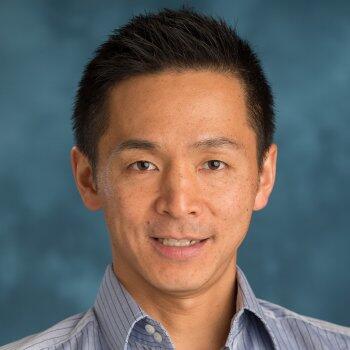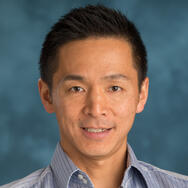Giving Back to One’s Hometown: Stanford e-Oita Guest Speaker, Sumire Hirotsuru
Stanford e-Oita is an online course for high school students in Oita Prefecture in the southwestern island of Kyushu, Japan, that is sponsored by the Oita Prefectural Government. Launched in fall 2019, it is offered by the Stanford Program on International and Cross-Cultural Education (SPICE) in collaboration with the Oita Prefectural Board of Education.
On January 8, 2021, Stanford e-Oita students were treated to a lecture by Sumire Hirotsuru, a professional violinist who was born and raised in Oita Prefecture. After graduating from Oita Uenogaoka High School, Hirotsuru attended and graduated from Harvard University and The Julliard School. She has performed with Yo-Yo Ma and the Silkroad Ensemble, and as a soloist at major venues in the United States and Japan, including Carnegie Hall, John F. Kennedy Center for the Performing Arts, and Suntory Hall, and at the Beppu Argerich Music Festival in Oita. After graduation from The Julliard School, Hirotsuru started her own company in New York City where she manages her own music promotional business. She is currently living in Japan.
Hirotsuru’s talk was titled “Sumire’s Journey in the U.S. and Japan.” While sharing thoughts on her upbringing in Oita, she had invaluable advice to the students like encouraging them to think about their strengths and the importance of balancing academics and extracurricular activities, in her case, practicing the violin. While introducing a typical day at Harvard, she emphasized the importance of building community in formal settings (e.g., through classes and musical practices and performances) as well as informal settings (e.g., having meals in her dorm with friends with diverse interests).
Since completing college, she has published several books. While sharing one of her publications, she underscored the critical importance of time management and setting benchmarks to reach one’s goals. She engaged students in thinking about a 2021 new year’s resolution and considering what needs to be achieved by June 2021, and even thinking about what needs to be done daily to meet their resolution.
Setting benchmarks resonated with Stanford e-Oita Instructor and fellow Harvard alumna, Kasumi Yamashita. Yamashita commented, “My e-Oita students were inspired by Sumire, who shared her personal journey from her hometown of Oita to the world stage. There’s a tendency to look outward and far away for new experiences but Sumire showed them how change can start in their own backyard. She talked about a cross-cultural program that she co-founded called ‘Summer in JAPAN,’ where Harvard undergraduates are invited to Oita to teach workshops and engage with Japanese students from many countries in English. It was one way that she brings her global experiences back to Oita, which is something I encourage my students to do.” Hirotsuru noted that she was inspired to begin Summer in JAPAN in Oita because she didn’t have any resource like that when she was growing up in Oita. “That was definitely one of my motivations to start a program like this.”
The emphasis on goal setting inspired a student to ask Hirotsuru about her current goal as a violinist. Hirotsuru replied that she aspires “to reach more people through music because right now, I feel like… classical music is often considered the music of people who have money… and access to concert halls. But I would like to bring my music to many people who are not only rich… I think music is something really important when you’re growing up.”
Hirotsuru’s talk also prompted one of the student musicians—a flutist of her high school brass band—to ask how Hirotsuru managed to balance both academics and violin practice. Hirotsuru responded by sharing, “You have a capacity of more than 100 percent… I think that you can put your effort completely on academics and flute at the same time by managing your time very efficiently.” Yamashita hopes that this lesson will be one that students will embrace far into their futures.
Reflecting on her experience with the students in Oita, Hirotsuru noted the following, “I was impressed by the students’ active participation in class—even through Zoom, I was able to see how their eyes were filled with excitement and passion for the future. I truly believe that there will be more opportunities for the students to expand their perspectives from Oita and beyond, as long as they keep their minds open.”
SPICE is grateful to Oita Governor Katsusada Hirose whose vision made this course possible. SPICE is also appreciative of Teacher Consultants Keisuke Toyoda and Hironori Sano for their unwavering support of Stanford e-Oita.
Read More
The accomplished young violinist, who was born and raised in Oita Prefecture, encouraged students to think about their strengths and emphasized the importance of balancing academics and extracurricular activities.




















